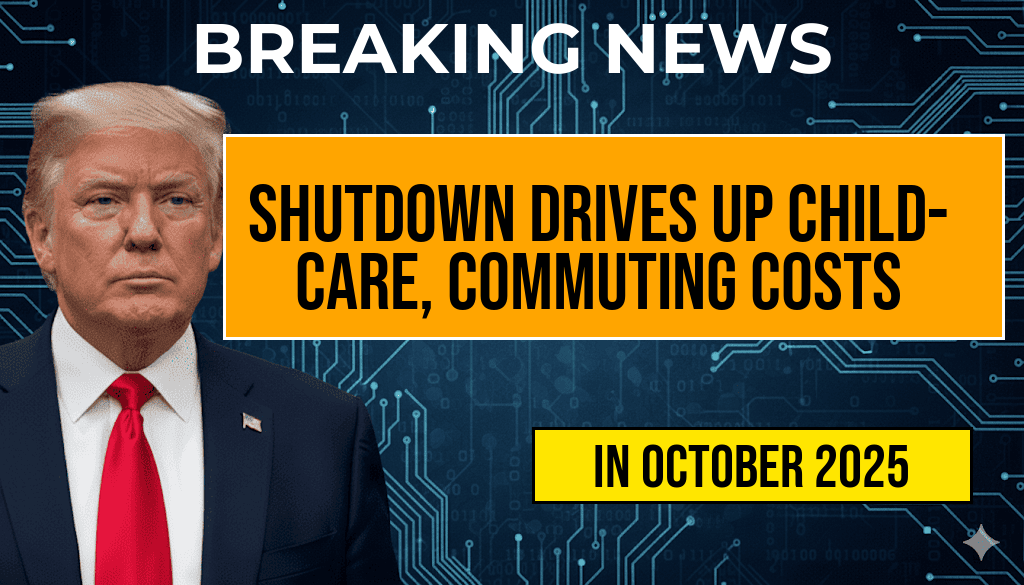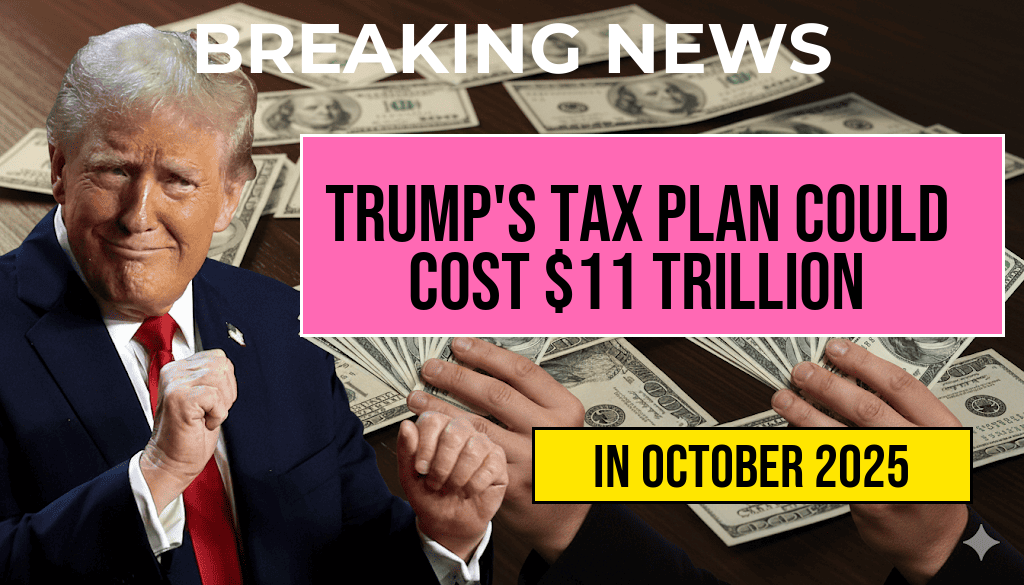The potential repercussions of former President Donald Trump’s proposed tax plan are raising eyebrows among economists and financial analysts alike. Estimates suggest that the plan could cost the U.S. government up to $11 trillion over the next decade. This staggering figure has sparked a heated debate about its implications not only for government revenue but also for everyday Americans. As taxpayers ponder how this plan might affect their wallets, it’s essential to break down the key components of the proposal and analyze its potential impact on various income brackets, social services, and the broader economy.
Understanding Trump’s Tax Plan
Trump’s tax proposal aims to reduce taxes for corporations and individuals, primarily through lower rates and fewer deductions. Advocates argue that these changes would stimulate economic growth by encouraging investment and job creation. However, critics warn that such a plan could lead to significant budget deficits, increased national debt, and a strain on social services.
Key Features of the Tax Proposal
- Lower Individual Tax Rates: The plan suggests reducing the top individual tax rate from 37% to 33%, benefiting high earners significantly.
- Corporate Tax Cuts: The corporate tax rate could be slashed from 21% to 15%, designed to incentivize businesses to reinvest in the economy.
- Elimination of Estate Taxes: Trump’s proposal includes abolishing estate taxes altogether, which would primarily benefit wealthier families.
- Increased Standard Deduction: The standard deduction would be increased, simplifying tax filing for many households.
Impact on Different Income Groups
According to a report by the Tax Policy Center, the proposed tax cuts would disproportionately favor the wealthiest Americans. Households in the top income bracket could see tax savings of tens of thousands of dollars, while middle- and lower-income families would receive comparatively modest benefits.
| Income Group | Estimated Annual Tax Savings |
|---|---|
| Top 1% of earners | $50,000+ |
| Middle-income households | $1,000 – $3,000 |
| Lower-income households | Minimal (< $1,000) |
Long-Term Economic Implications
The projected cost of Trump’s tax plan raises concerns about long-term economic stability. If implemented, the plan could exacerbate the national debt, which has already reached historic levels. Economists warn that borrowing to fund tax cuts could lead to reduced funding for essential services such as education, healthcare, and infrastructure.
Moreover, the potential for increased income inequality is another significant concern. As tax cuts primarily benefit the wealthy, the income gap may widen, leading to social and economic challenges. A report from the Economic Policy Institute indicates that such disparities can lead to decreased consumer spending, ultimately harming the economy as a whole.
Reactions from Lawmakers and Experts
Lawmakers on both sides of the aisle have voiced their opinions on Trump’s tax plan. Supporters claim that the plan could invigorate the economy and create jobs, while opponents fear it could dismantle vital social programs and exacerbate the wealth gap.
Many financial experts urge caution, emphasizing the importance of considering the plan’s long-term ramifications. “While tax cuts can spur growth, they must be balanced with responsible fiscal policies to ensure sustainable economic health,” says Dr. Jane Smith, an economist at the Brookings Institution.
Conclusion: What It Means for Your Wallet
For average taxpayers, the implications of Trump’s tax plan are complex. While some may benefit from lower rates, others might face increased costs due to potential cuts in public services and infrastructure. As discussions around the plan continue, individuals should stay informed about how these changes might affect their personal finances and the economy at large.
Frequently Asked Questions
What is the estimated cost of Trump’s tax plan?
The estimated cost of Trump’s tax plan could be as much as $11 trillion, raising concerns about its long-term financial implications for the economy.
How might Trump’s tax plan affect individual taxpayers?
Individual taxpayers could see changes in their tax rates and deductions, which may either increase their take-home pay or result in a higher tax burden depending on various factors.
What are the potential economic implications of the tax plan?
The tax plan could lead to significant budget deficits and affect government spending on public services, potentially impacting economic growth and job creation.
Will the tax plan benefit all income groups equally?
No, the tax plan is likely to favor higher-income individuals, leading to potential disparities in financial benefits across different income groups.
How should taxpayers prepare for changes from the tax plan?
Taxpayers should stay informed about the proposed changes and consult with a tax professional to understand how the tax plan may specifically impact their financial situation.











